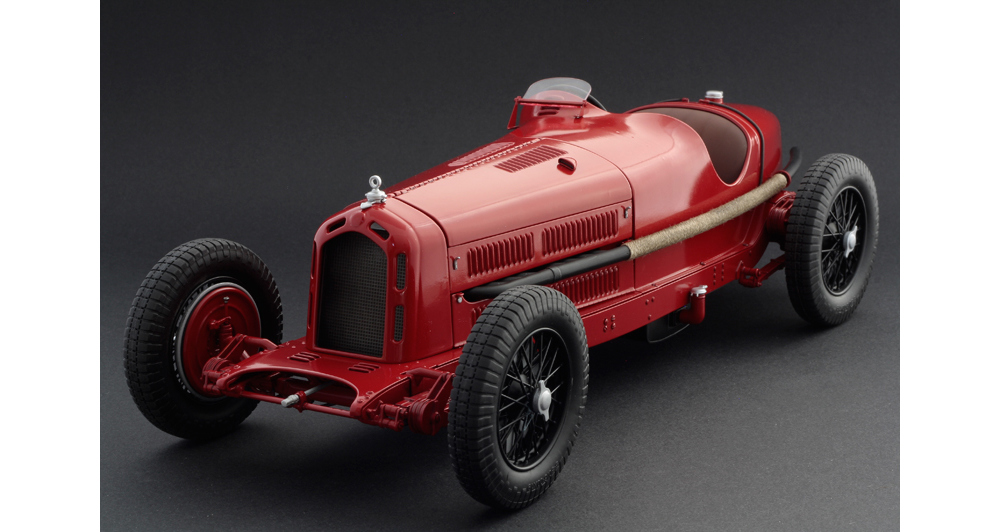


















The Alfa Romeo 8C can readily be considered as one of the most famous sports cars of the 1930’s. The 8C designation reference was derived its engine, which was an 8-cylinder in-line supercharged engine with a displacement of 2336 cc. The Alfa Romeo was considered to be ‘state of the art’ at the time for its use of technology, innovative solutions and overall performance. Characterized by solid reliability and drive-ability the 8C won many international racing car competitions of the period. Its name is inexorably linked with the famous Italian racing driver Tazio Nuvolari who won many competitions in the car, including the Targa Florio race in Sicily and the prestigious Italian Grand Prix at Monza. This latter victory gave the “Monza” name to the twin seater GP car. Arising out of the racing version a production batch of almost 200 vehicles was manufactured for general sales.